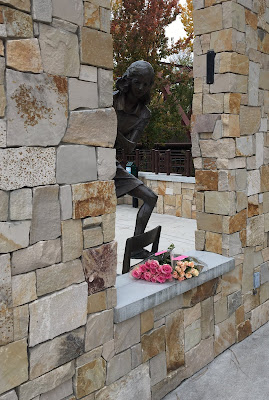The best questions from This Is Marketing by Seth Godin...
"Who's it for?"
"What change do I seek to make?"
"The question to just about every question about work is really the question, "Who can you help?"
Marketing isn't advertising. Marketing is the act of making change happen. Effective marketing now relies on empathy and service.
The idea of "I made this" is a very different statement than, "What do you want?"
"Here, I made this" is an offering. It's easier to make products and services for the customers you seek to serve. Adopt a posture of service; set out to be of service.
This book can help you: spread your ideas, make the impact you seek, and improve your culture.


























